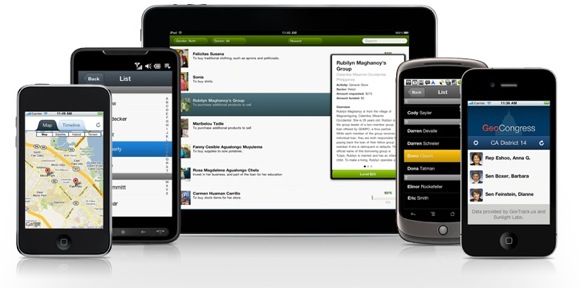
(And Why HR Needs to Lead the Charge)
The term “consumerization” in the context of enterprise technology is not a new one. Indeed, Gartner stated back in 2005, that “consumerization will be [the] most significant trend affecting IT during [the] next 10 years“. I believe that is an understatement, and while the effect will be felt most acutely in IT departments, this trend will impact virtually every aspect of corporate life.
The reason for this is quite simple: technology (both hardware and software) has become so ubiquitous, that it now transcends traditional boundaries of corporate and personal life. This trend began with the adoption of personal computers in the late-80′s, household Internet subscription in the mid-90′s, and has accelerated more recently with the proliferation of software-as-a-service offerings and mobile devices. In the workplace, this trend is compounded by the growing number of employees who are Millennials, born in the aforementioned 80′s and 90′s. Unlike previous generations, this one grew up with personal computing and the Web as a fundamental part of life, and its members do not (perhaps cannot) distinguish between home and work use of these modern necessities.
Herein lies the importance of enterprise consumerization to HR organizations: if your company cannot evolve to embrace solutions and policies that support this trend, you will struggle to attract, engage, and retain this emerging workforce. Need more convincing? Consider these facts:
- by 2014, 50% of the U.S. labor market will consist of Millennials (their share is even higher in other countries)
- a recent study by Accenture found that over 50% of Millennial workers consider technology to be vital in their selection of an employer
Let’s face it: this is no longer about making the workplace cooler, this is about making the workplace work.
Of course, when adopting new technology and policy changes, IT will need to weigh in with a balanced assessment of security risks, business continuity, and other sound governance practices. As with other technology-related trends, this one certainly has its fair share of hype and prognosticating pundits, and like others, this trend will be overestimated in the near term and underestimated in the long term. All that said, in this case, “long term” is about to arrive, so if you work in IT or HR (or are a software vendor), the time to act is now (a year ago would have been even better).
Enough with the high-level stuff: what are the specific characteristics of enterprise consumerization? How does it help improve productivity and engage employees? You’ll be hard-pressed to find a consistent set of answers to this question. Furthermore, the topic itself continues to evolve, so let’s try to make sense of things with our handy Enterprise Software Consumerization Framework. This framework is an attempt to categorize key characteristics of consumer technology applied to the enterprise software lifecycle, including some examples and best practices. Note that the lifecycle perspective is chosen because consumerization characteristics are not limited to features of the software, but also how it is deployed, consumed, and supported.
You will undoubtedly have ideas on how to improve this framework, and I look forward to reading your thoughts in the comments section. We’ll make updates to this post as the framework develops.